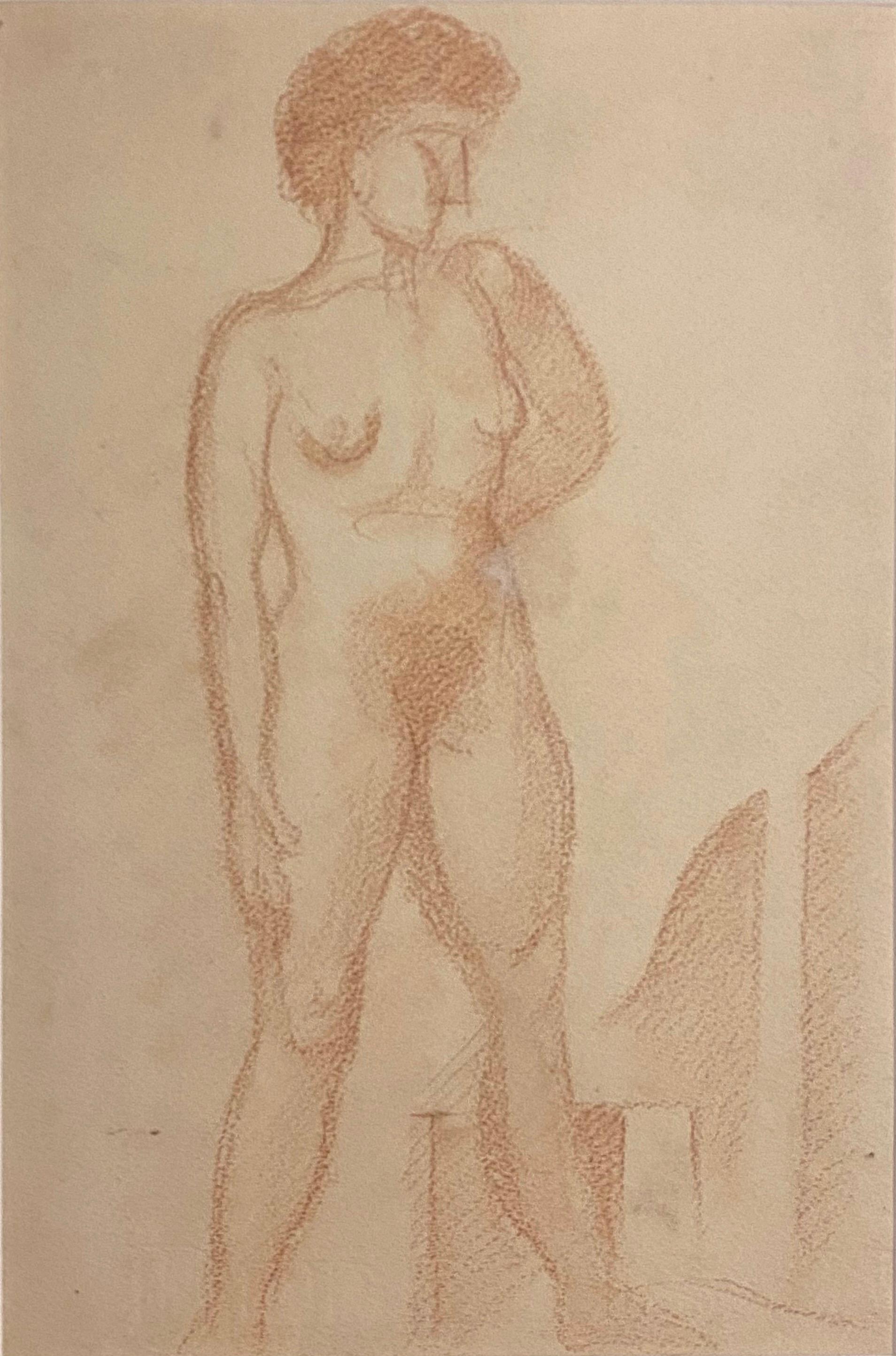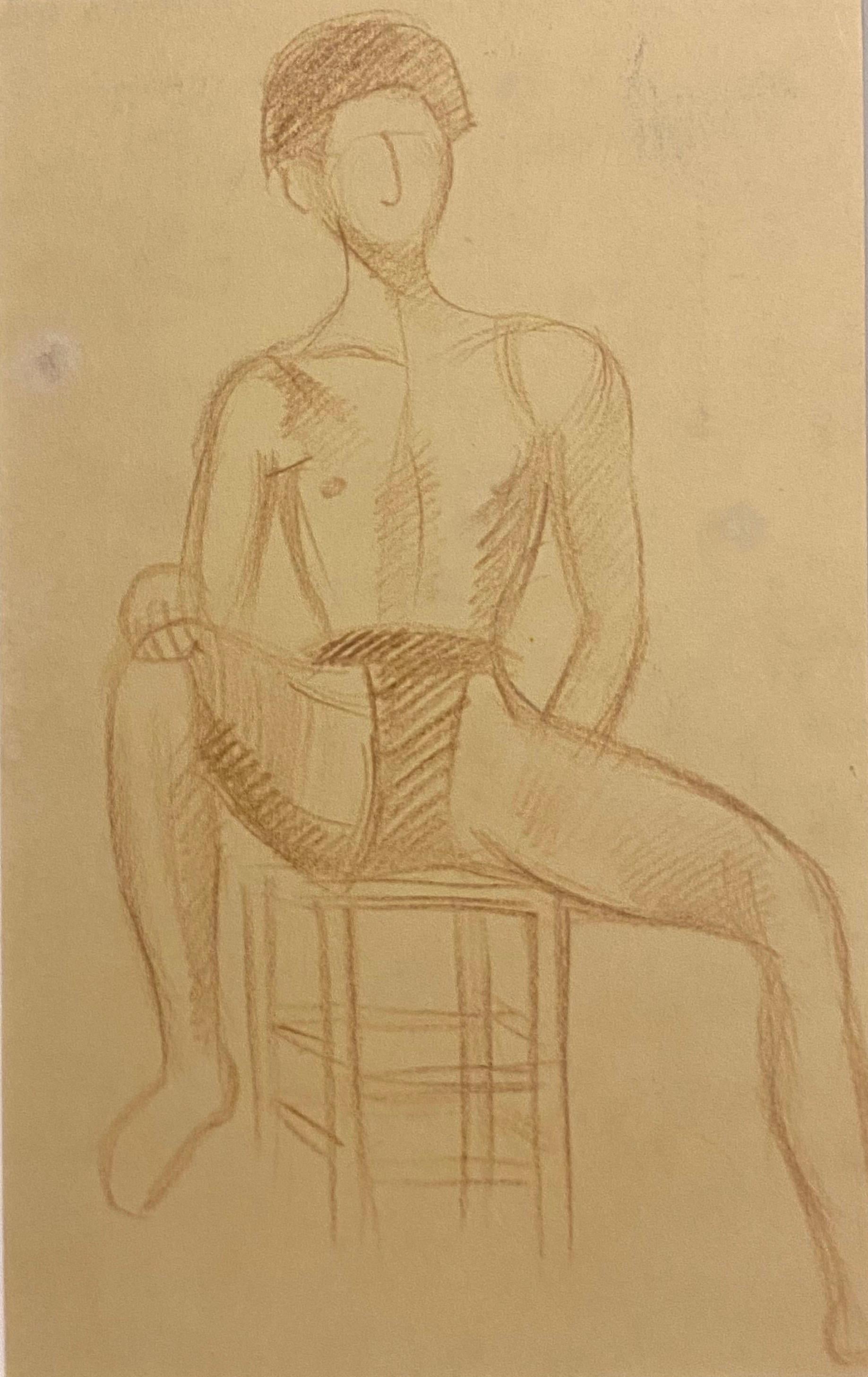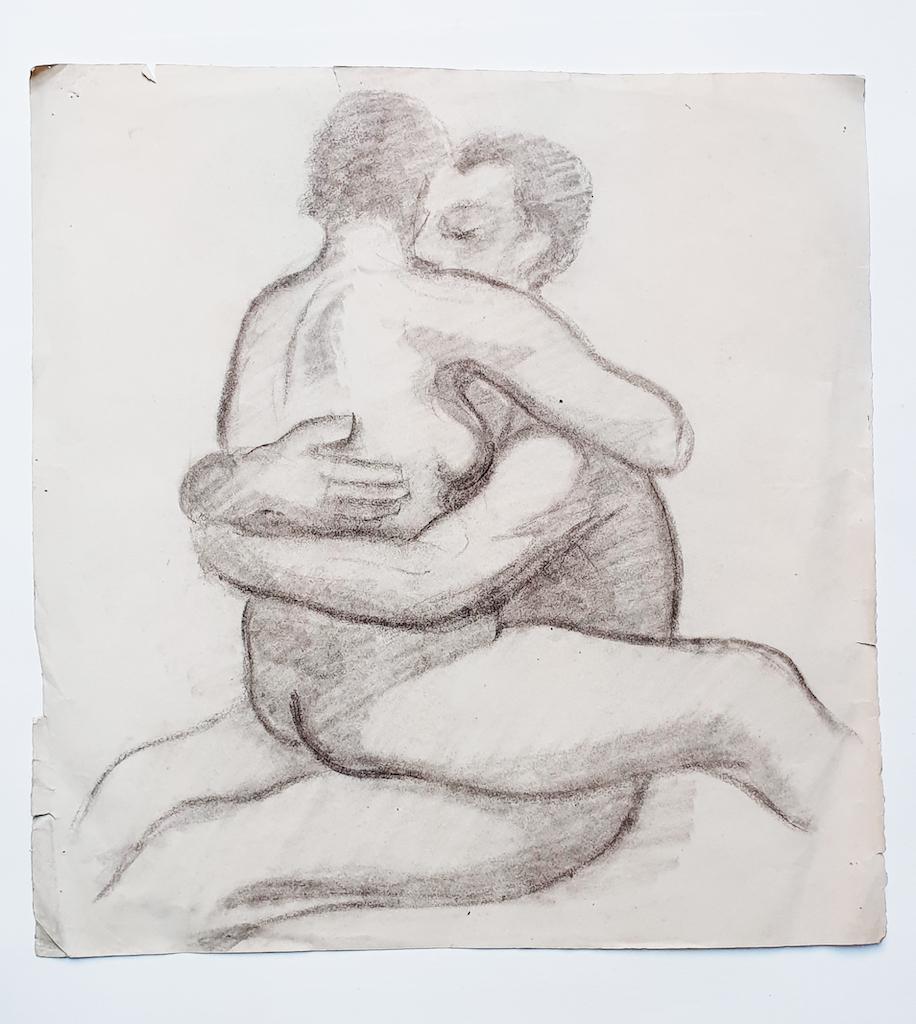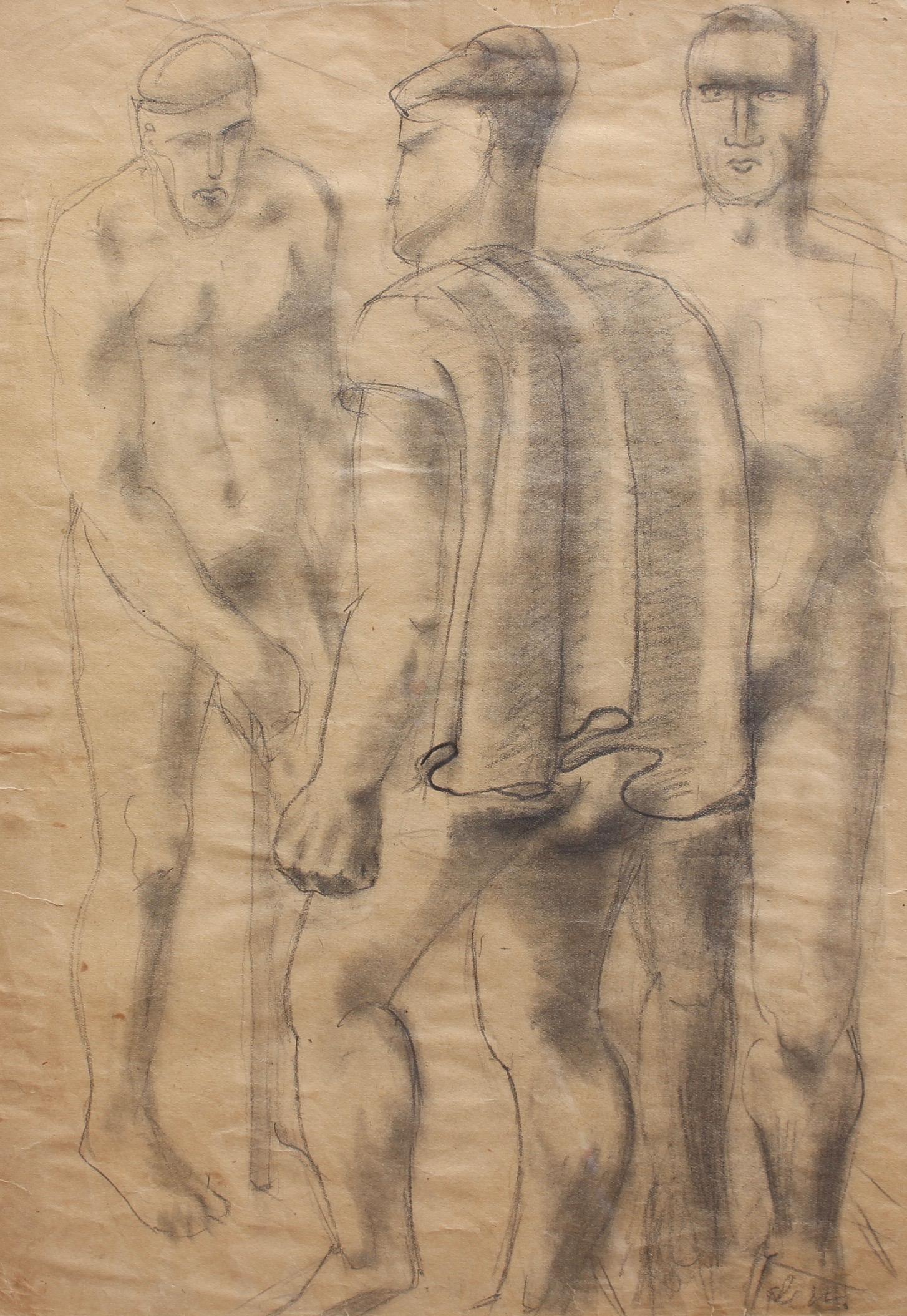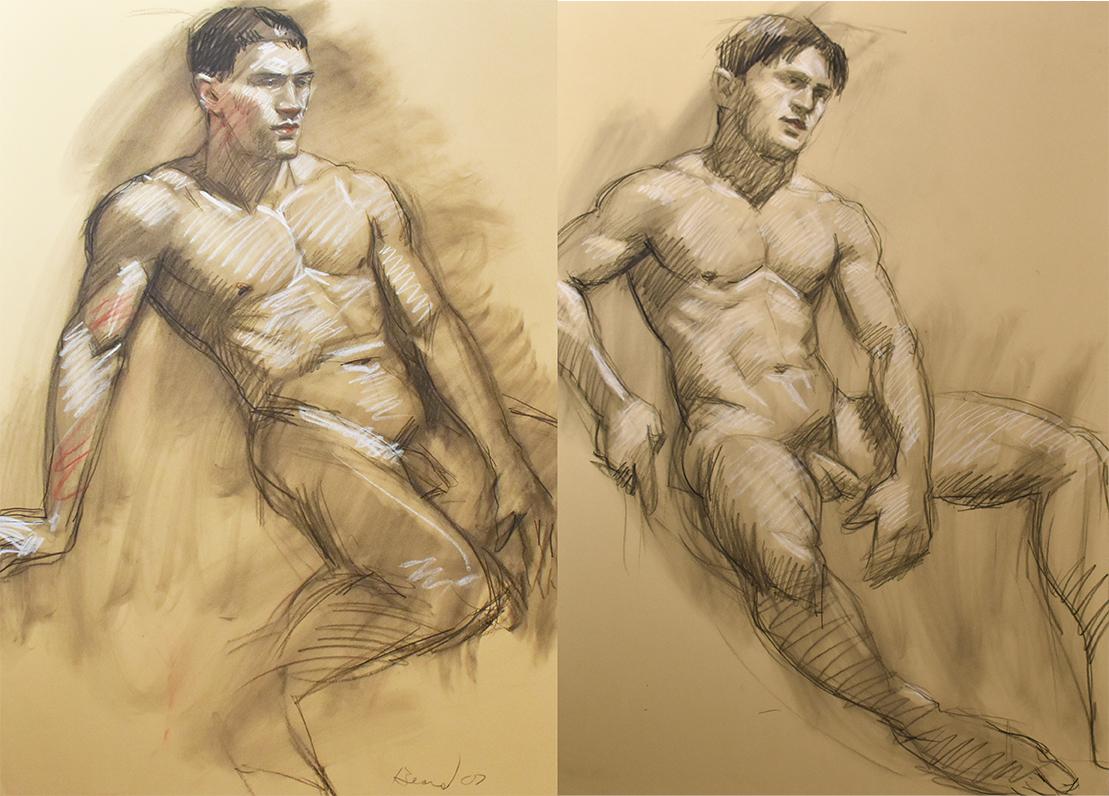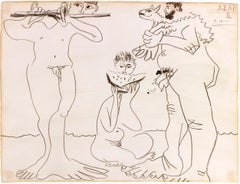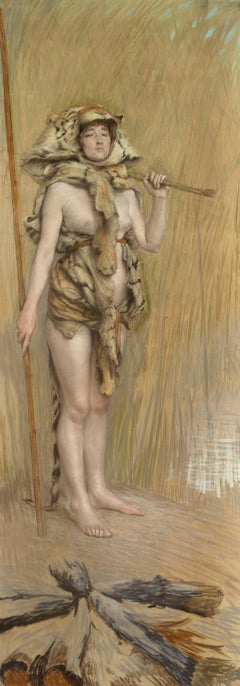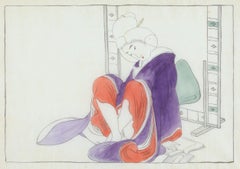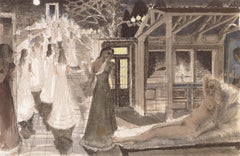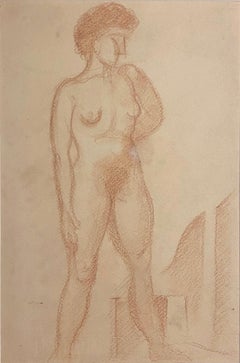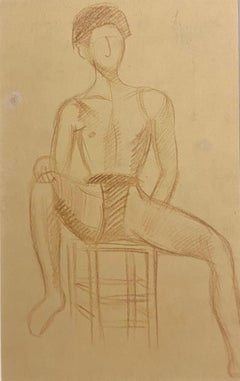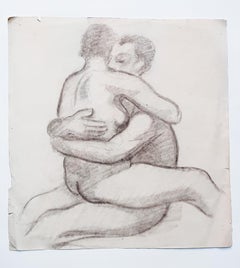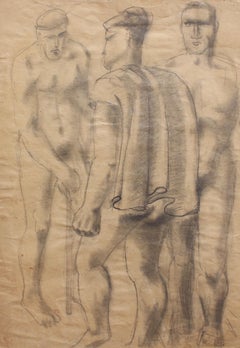Tamara de LempickaNu allongé avec bracelet by Tamara de LempickaCirca 1928
Circa 1928
About the Item
- Creator:Tamara de Lempicka (1898 - 1980, Polish)
- Creation Year:Circa 1928
- Dimensions:Height: 18 in (45.72 cm)Width: 24.38 in (61.93 cm)Depth: 0.88 in (2.24 cm)
- Medium:
- Movement & Style:
- Period:
- Condition:
- Gallery Location:New Orleans, LA
- Reference Number:Seller: 31-96071stDibs: LU18616222372
Tamara de Lempicka
Described by one of her earliest collectors as the “first pop star of the century,” Tamara de Lempicka created colorful paintings that radiate with Art Deco's signature blend of elegance and modernity.
Born in Poland at the turn of the 20th century, Lempicka was forced to flee to France in 1918 after the beginning of the Russian Revolution. During a visit to Italy in her youth, she became enraptured by the Italian Old Masters. Inspired by this formative experience, Lempicka enrolled in Académie de la Grande Chaumière in Paris to take up painting.
Lempicka studied under famed avant-garde artists Maurice Denis and André Lhote, who introduced her to Cubism, and she began exhibiting at the Parisian salons as early as 1922. Lempicka became a fixture in Parisian high society, spending much of her time hosting wealthy elites in her atelier on Rue Méchain.
Exceptional floral still-lifes by Lempicka epitomize the artist's talent for capturing sensual beauty, no matter her chosen subject or style. During the early 1960s, works such as Le bouquet de lilas (Bouquet of Lilacs) show how she masterfully used color and texture to create a remarkable sense of depth in her still-life paintings. Ever the adventurer, Lempicka began exploring new painting techniques even at this mature stage of her career. She used her palette knife as one of her main implements, creating new textures and ways of directly applying color in her works.
With a resurgence of appreciation for the Art Deco period, combined with the success of her retrospective at Galerie de Luxembourg in 1971, Lempicka’s work has achieved remarkable acclaim in recent decades. Much of her work resides in museums worldwide, including the Metropolitan Museum of Art, the Musée des Beaux-Arts du Havre, and the National Museum Warsaw, among others.
Alain Blondel, the esteemed French author who compiled the artist’s catalogue raisonné, wrote fondly of Lempicka’s uniqueness: “Tamara de Lempicka will always continue to defy categorization. Her art and her life destiny do not fit into the usual framework for 20th-century artists. The idea that art could be a profession was foreign to Lempicka. Her life and her painting were too closely intertwined for that.”
Find original Tamara de Lempicka art for sale on 1stDibs.
(Biography provided by M.S. Rau)
- ShippingRetrieving quote...Shipping from: New Orleans, LA
- Return Policy
More From This Seller
View All20th Century Modern Nude Drawings and Watercolors
Paper, Crayon
Early 20th Century Academic Nude Drawings and Watercolors
Laid Paper, Canvas, Oil Pastel, Pastel
Early 20th Century Other Art Style Nude Drawings and Watercolors
Paint, Paper, Gouache
20th Century Post-Impressionist Nude Drawings and Watercolors
Paper, Ink, Watercolor, Pen
Early 20th Century Nude Drawings and Watercolors
Paper, Ink, Pen
20th Century Academic Landscape Drawings and Watercolors
Paper, Watercolor, Gouache, Board, Graphite
You May Also Like
1950s Modern Figurative Drawings and Watercolors
Paper, Pencil
1930s Modern Figurative Drawings and Watercolors
Paper, Pencil
20th Century Modern Figurative Drawings and Watercolors
Paper, Pencil
1960s Modern Nude Drawings and Watercolors
Paper, Pencil
1910s Modern Nude Drawings and Watercolors
Paper, Graphite
Early 2000s Modern Nude Drawings and Watercolors
Charcoal, Archival Paper, Graphite
Recently Viewed
View AllRead More
Paul Revere Crafted This Silver Coffee Pot 250 Years Ago
Perhaps best known as a Revolutionary War hero, Revere was also an accomplished silversmith, and this pot is now available on 1stDibs.
Degas Portrayed These Exuberant Ukrainian Dancers with ‘Orgies of Color’
Discovered in Parisian cabarets, the performers reenergized the artist’s practice.
